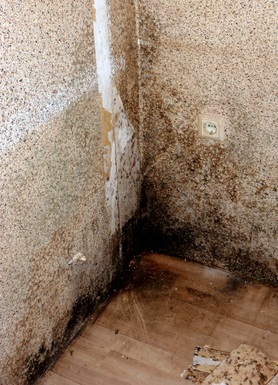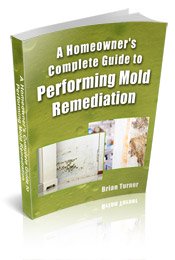Find a Mold Specialist Now
Click or Call, Toll-Free 24/7
Killing Mold
Mold in the home is not only unattractive; it is also dangerous for your family. Killing mold and removing it is the only way to win the battle against mold and secure the health of your loved ones. If you notice a musty smell or see discolored spots on your wall or furniture, then it is likely that you have a mold problem. You must take action and start the mold cleanup process right away. Don’t be overwhelmed by mold in your home because removing mold is not difficult if you have the right equipment and information.
Identifying a Mold Problem
It is usually quite simple to detect a mold problem in your house. Your first clue will be a distinctive stale and musty odor. Even if you cannot see the mold, it may still be hiding under your carpet, behind walls, or in your basement. If you feel sick and believe mold is to blame, your best option is to call someone who specializes in mold cleanup.
In many cases you will be able to both see and smell the mold. Speckled marks on your walls indicate a mold problem as well as discoloration of walls and furniture. If the affected area is small, you may think you can clean the mold yourself. This could be a huge mistake. The mold in your home could cause breathing problems and infections. Some molds even produce toxins. As soon as you recognize the mold problem, we recommend you consult with a professional. It is important to find out how extensive your mold problem is before you consider cleaning it yourself.
Killing Mold And Safe Removal

Some people prefer to try cleaning the mold themselves. The EPA advises against removing it yourself if the mold covers more than 10 square feet, if it was caused by contaminated water, or if the HVAC system is involved.
Once you have identified your mold problem, you must take immediate action. Before killing mold in the affected areas, you must remove all moisture sources. Excess moisture may be the result of leaky pipes, flooding, or poor ventilation. Moisture can be caused by many things; the important thing is to remove all possible moisture sources. If you skip this step then the mold will soon return, and all your hard work will be for nothing.
The area you are working in should be cut off from the rest of your home to prevent cross contamination. You can do this by using large plastic sheets and duct tape. In some cases a negative air machine is necessary as well to make certain that any airborne mold spores do not escape the contained area.
You will need to clean the affected areas and dispose of any debris that may contain mold. Use a cleaning agent that is specifically for mold, and protect yourself by wearing an N-95 face mask, gloves and protective clothing. Be certain to take all necessary safety precautions or you may risk further health problems such as an allergic reaction and respiratory problems. Mold cleanup can be very dangerous, so a mold removal professional is strongly recommended.
Preventing Further Mold Damage
You can prevent further mold damage by killing mold quickly when you discover wet areas in your home. If you find wet or damp items, be sure to remove them right away and thoroughly dry the area. In the event of flooding, you will need to be very cautious of water-damaged walls. Any water-damaged part of your home should be dried and monitored closely for mold growth. If any part of your home is damp, such as a basement, put in a dehumidifier.
Controlling moisture is crucial to preventing mold in your home. A reliable mold specialist can help you take steps to “mold-proof” your home, and that is usually a standard part of the cleanup process. You may not even be aware of the sources of humidity and moisture in your home, but a professional can walk you through the prevention process. After taking these steps to prevent mold, you can feel confident that your home will be mold-free and your family will be safe. Mold cleanup doesn’t have to be an ordeal, but it is important to do it right the first time so that your mold problem doesn’t return.
Why You Should Contact a Mold Removal Specialist:
- A mold removal specialist will come to you, free of charge, and provide a free assessment of your mold problem.
- A mold removal specialist can locate mold you may have missed and can also identify the type of mold growing in your home.
- A mold removal specialist will know which biocides will be most effective against the type of mold in your home.
- A mold removal specialist can let you know which materials in your home, like carpet, drywall, and insulation, can be saved and which need to be replaced.
- A mold removal specialist will know how to safely remove mold and will have all the necessary equipment to do the job.
- Even if you plan to handle the mold removal yourself, you can get valuable information and advice from a free consultation with a mold removal specialist.
To schedule an appointment for a free consultation with a mold removal specialist, just follow this link. If you have any questions about killing mold or safety protocol, ask during your consultation.
Return From Killing Mold To Our How To Remove Mold Page
Black Mold Health Symptoms Home Page





